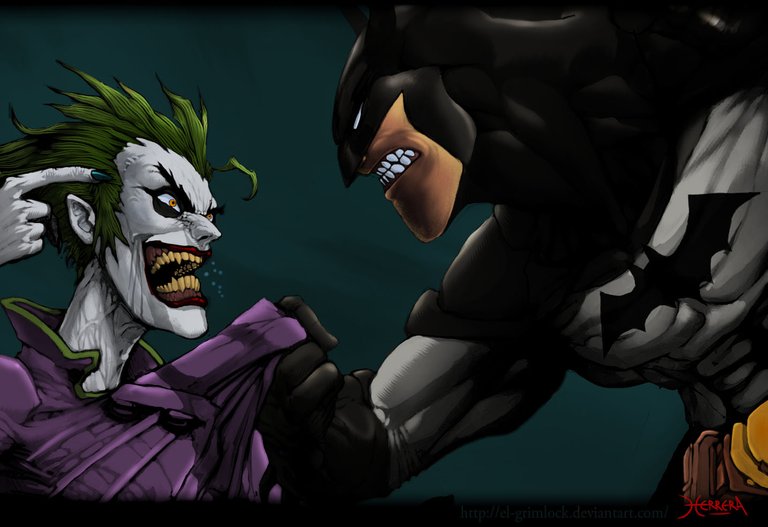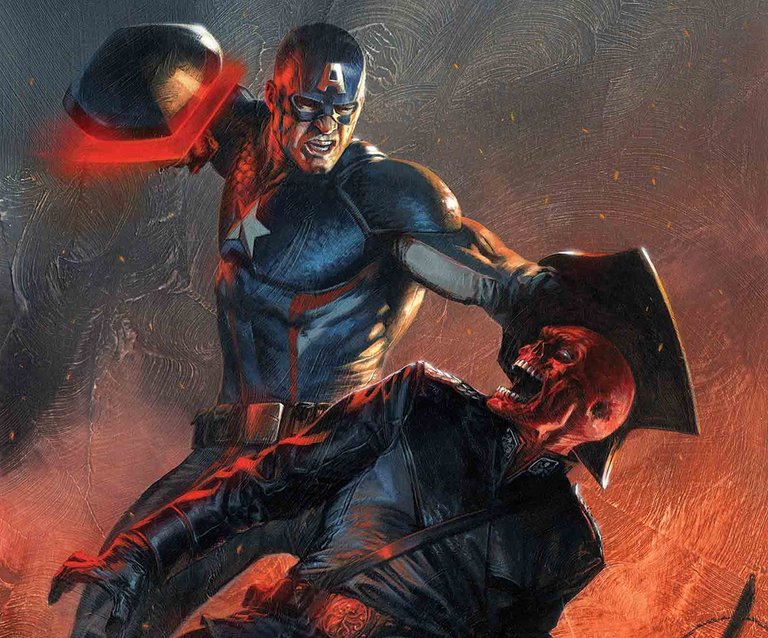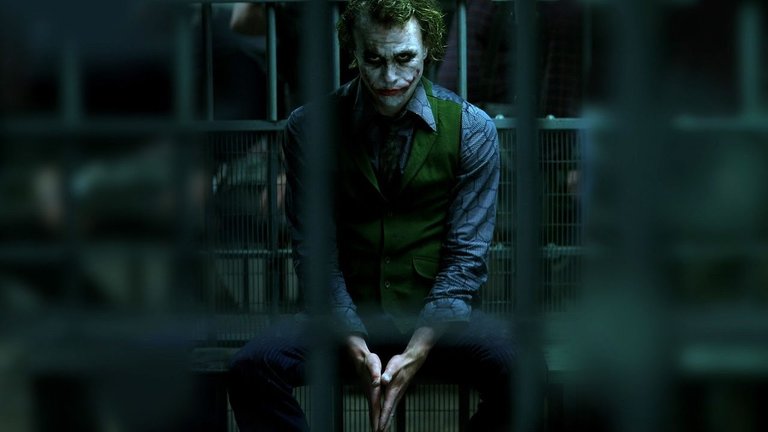Perhaps the most notable result of this symbiosis is that it has crystallized the power of the villain, and how they are arguably the most powerful piece of any superhero story.
A Villain’s Role
Each film is only as good as its villain. Since the heroes and the gimmicks tend to repeat from film to film, only a great villain can transform a good try into a triumph.
– Roger Ebert
Most stories have been told, or at the very least, the ground to cover has gotten thinner. It then comes down to character, not plot, that creates a truly memorable narrative. If a plot makes sense, then it can be a well-thought out character that makes it shine.
Unfortunately, an audience has certain expectations of a hero, most importantly, that he be a force for good in the story. That’s not to say a hero may not make mistakes or act rashly, only that in the end, the intentions or goals must be good.
The role of the villain holds none of these qualifications. The audience will not even ask that a villain’s role in the plot be malicious, just a roadblock for the protagonist. That makes a villain unpredictable, and the piece of a story that has the most potential to be memorable.
Supervillains
At its heart, a superhero story is about metaphors and allegories punching each other; two ideas brawling towards a conclusion.
A supervillain, then, is mostly a commentary on some part of the hero’s goal. The villain most associated with a hero is logically going to represent some part of the essential thematic underpinnings of the hero, some statement on what the hero means in his or her most basic sense.
Other villains are waypoints, obstacles meant to be overcome for smaller and more self-contained reasons.
That’s why great supervillains largely fall into two broad categories: reflective or opposite.
Reflective Supervillains
A reflective villain is meant to have something in common with his or her hero. The best example of this is the Joker, who acts as an extension of Batman, through a mirror, darkly.
The Joker endures as a villain because he and Batman are more the same than they are different. They’re both insane by any classical definition, but they’re agents of different ideas. Batman is a pure justice that doesn’t exist, absolute and without shading.
The Joker, likewise, is the type of evil without motivation or origin, equally as false as Batman’s moral guardianship.
The power of a reflective villain is outlined near perfectly in Alan Moore and Brian Bolland’s "The Killing Joke." Moore’s script speaks to the notion of "One Bad Day," the idea that both the Joker and Batman had incidents of trauma that shaped them. They both just make the opposite choice on that "One Bad Day".
They are so much the same that the differences becomes all the more important. Batman and the Joker’s actions both have little consequences for themselves. They, like the basic concepts of good and evil they represent, will never be changed.
Opposite Supervillains
The opposite villain is less subtle than it’s reflective counterpart. At their core, they are a hero flipped completely. The opposite villain is superhero comics at its most pure, one basic idea smacking another one for the hearts and minds of humanity.
The decades-long war between Captain America and The Red Skull is a great example of the relationship between a superhero and his direct counterpart.
The Red Skull highlights the qualities a reader is supposed to identify with Captain America by simply being the exact opposite of every detail. He’s not even a full human anymore, but a person’s grotesque insides, their darkest and most hateful qualities pulled into the light of day.
This makes Captain America a more powerful symbol, because he’s the goodness a reader aspires to versus the parts of themselves they keep buried.
A Perfect Villain
If a hero is the voice of the writer, representing whatever thematic goal he or she intends, then the villain is the voice of the plot.
That’s really the villain’s most important function of an antagonist, because a hero needs something to overcome (or be overcome by, depending on the story). He or she speaks for the idea that butts heads with the hero, allowing them to both be active participants in the battle.
So a perfect villain is the plot. If a villain doesn’t make sense in relation to his or her plot, then a story ceases to make sense. Likewise, any thematic power evaporates when a plot doesn’t gel with the character providing the action.
When crafting a villain an aspiring writer must make sure they are not just an interesting idea, but one that makes sense. If not, a writer will be working too hard to force their villain into their plot rather than elegantly weaving the two together.




Excellent post! Really interesting. Especially Batman being one bad day away from turning into the joker.
This post was shared in the Curation Collective Discord community for curators, and upvoted and resteemed by the @c-squared community account after manual review.
Wow that's a really great article. Have you seen a Daredevil series from Netflix?
How would you classify Wilson Fisk and Daredevil? IMO these two do not really fit into any of the above categories.
I am not really into the supervillain thing myself, but I enjoyed reading your post. :)
I am not really into the supervillain thing myself, but I enjoyed reading your post. :)
Congratulations @ifyouseekey! You received a personal award!
You can view your badges on your Steem Board and compare to others on the Steem Ranking
Do not miss the last post from @steemitboard:
Vote for @Steemitboard as a witness to get one more award and increased upvotes!